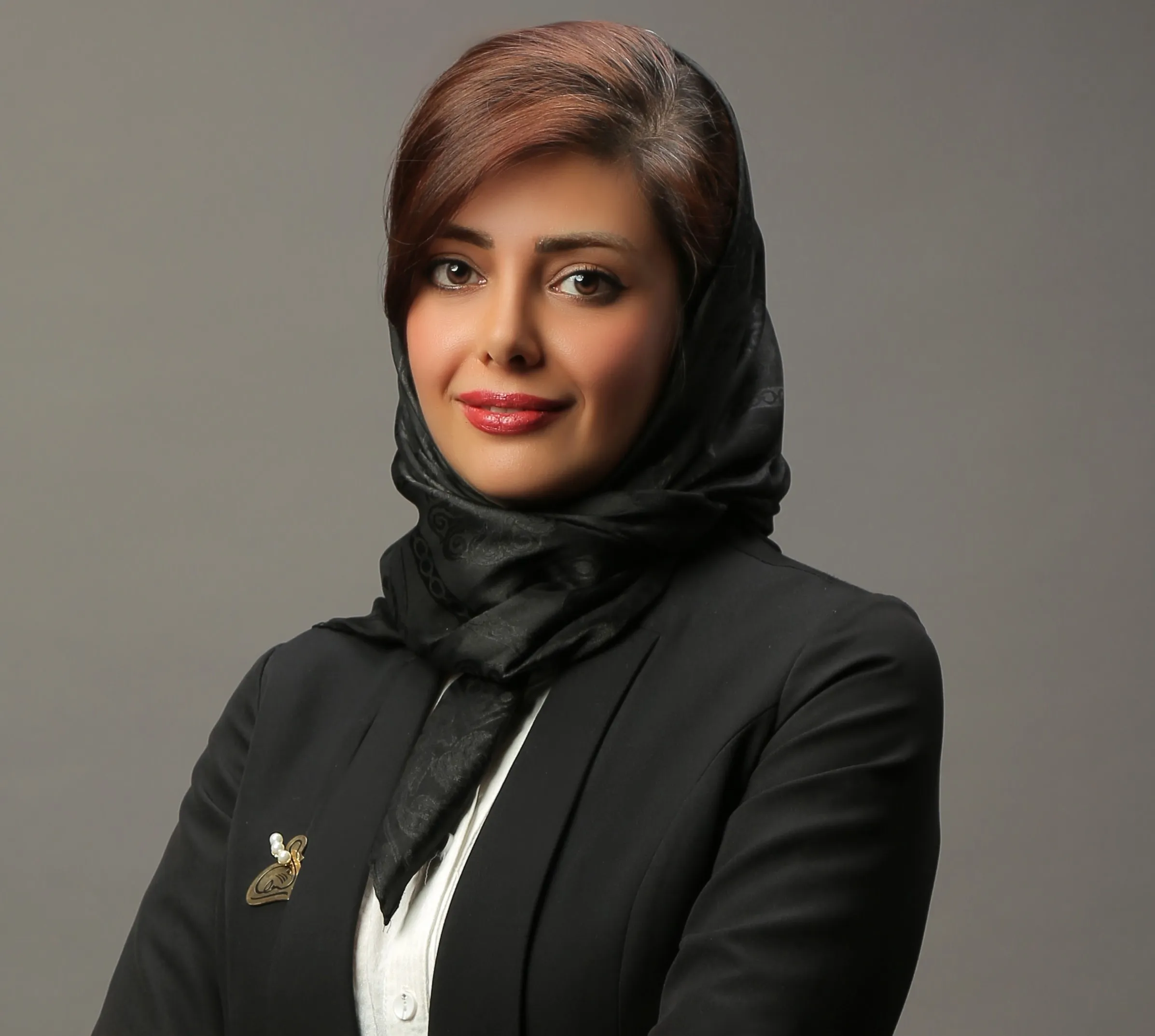
By: Shiva Yazdanfar
The combination of Traditions and Foresight
In the heart of the Middle Eastern markets, where cultural identity is intertwined with a rich history and local values, the fashion industry faces numerous challenges and opportunities. Globalization, which creates opportunities for international competition, also poses a risk of eroding local identities. The Middle East and North Africa (MENA) region’s fashion and lifestyle have always reflected social traditions, religious values, and history. Therefore, any changes in this area will lead to cultural transformations beyond the economic sphere. This article explores ways fashion and lifestyle brands in the region can use technology and innovation to preserve and strengthen their cultural authenticity while advancing in the path of globalization.
The Challenge for Countries with Rich Indigenous Cultures: Globalizations and Preserving Cultural Identity
Globalization and the spread of Western styles have created opportunities for global competition but have also threatened cultural uniformity. In the MENA region, fashion and lifestyle, including architectural spaces, interior design, handicrafts, and even local foods, are all part of a cultural identity that often has roots in history and social values. Brands risk losing these traditional elements as consumers seek products that offer cultural values and innovation, especially for younger generations.
With the spread of Western styles and the faster influence of global trends facilitated by the developments of social networks, this trend has transcended a purely economic challenge. It has now become a serious cultural concern. By facilitating access to diverse and global content, social networks have profoundly impacted consumers’ tastes and cultural priorities and, in some cases, have weakened or altered local values and styles. By leveraging technologies such as augmented reality, the metaverse, and sustainable design, brands can redefine modern and global traditions without sacrificing their cultural identity.
Consumer behavior studies show that the desire for authenticity, a sense of belonging, and cultural identity play an important role in product selection. Therefore, products inspired by indigenous and cultural elements have a more remarkable chance of attracting consumer loyalty in the same region. Indigenous architecture in the interior design of fashion and lifestyle stores in the area is an example of this integration that not only affects the customer’s aesthetic sense but also enhances the feeling of cultural connection.
Cultural identity, as part of collective experience and social memory, plays a key role in the consumption behavior of each region, especially in the fashion and lifestyle industry. Consumers often use fashion products as a means to reflect their values and beliefs. Fashion with rich cultural roots reinforces a sense of belonging and pride, creating an emotional connection with customers. In this framework, products inspired by indigenous and cultural elements have a higher chance of acceptance and loyalty in the local market.
The risk of cultural erosion and homogenization is serious in today’s globalized environment, where similar trends spread worldwide. This not only reduces creative diversity but also threatens the distinction of local brands. Consumers, especially in countries with a strong cultural identity, pay more attention to authentic and meaningful products. Brands incorporating this authenticity into their designs can create a more sustainable competitive advantage.
Of course, preserving cultural identity in the fashion and lifestyle industry requires support and guidance from governmental and non-governmental institutions. These institutions can help prevent cultural erosion by providing legal frameworks for protecting cultural heritage, promising indigenous designs, and supporting local designers. Additionally, investing in education and research for innovation in indigenous fields helps sustain this identity in global markets. These actions keep cultural heritage alive and create sustainable economic and social value for the country.
Innovation Opportunities for Fashion and Lifestyle Brands
1. Combining New Technologies with Traditional Design
Digital technologies, 3D printers, and augmented reality (AR) are key tools for modernizing cultural industries. In fashion, these technologies enable more precise design and the recreation of traditional patterns. In lifestyle, AR allows customers to visualize traditional furniture or decor in their space before making a purchase.
2. Developing sustainable and eco-friendly design
Sustainable design, one of the global trends, can also find a special place in the region. Brands that use recycled materials, natural products, or organic colors contribute to environmental protection and reflect the area’s cultural values. Traditional rugs made from local plant fibers or natural leather used to craft decorative items are examples of this approach.
3. Active Presence in the Digital Space and Metaverse
The metaverse and the digital world have transformed not only fashion but also the region’s lifestyle. Local brands can create virtual homes with traditional architecture or digital spaces to showcase and sell cultural works. Designing digital environments inspired by Middle Eastern culture provides a new opportunity to attract global audiences.
4. Enhancing Consumer Experiences with Technology
Modern technologies, such as smart sensors in household items or clothing, offer modern conveniences integrated with traditional lifestyles in the region. The smart abaya of Saudi Arabia is an example of this advancement, which preserves traditional values as well as addresses new needs such as health monitoring. Some Moroccan brands use technology to produce eco-friendly fabrics that maintain cultural authenticity while meeting the demands of global markets. Fashion and lifestyle stores in Dubai utilize AR to allow customers to digitally experience traditional clothing or household items and familiarize themselves with the cultural stories behind them.
However, for this important matter, broader backgrounds and actions are necessary, some of which are mentioned below:
- Establishing innovation centers to develop technologies that are aligned with the region’s cultural and historical needs.
- Creating connections between local brands and universities for research and development in the field of sustainable and cultural innovations.
- Organizing workshops for digital design, 3D printing, and augmented reality in production processes.
- Storytelling and sharing narratives related to the cultural and historical roots of products through social media and digital platforms in line with the region’s fashion collections
- Finally, certificates should be created that guarantee the authenticity of products and assure consumers that the region’s culture inspires the designs.
Conclusion
Fashion brands in the MENA region are at a historical turning point. By creatively embracing technology and innovation, these brands can navigate the challenges of globalization and redefine their cultural identity in an appealing and modern way. The future of the Middle Eastern fashion industry depends on its ability to maintain authenticity and how it employs new technologies to showcase this authenticity on global platforms.


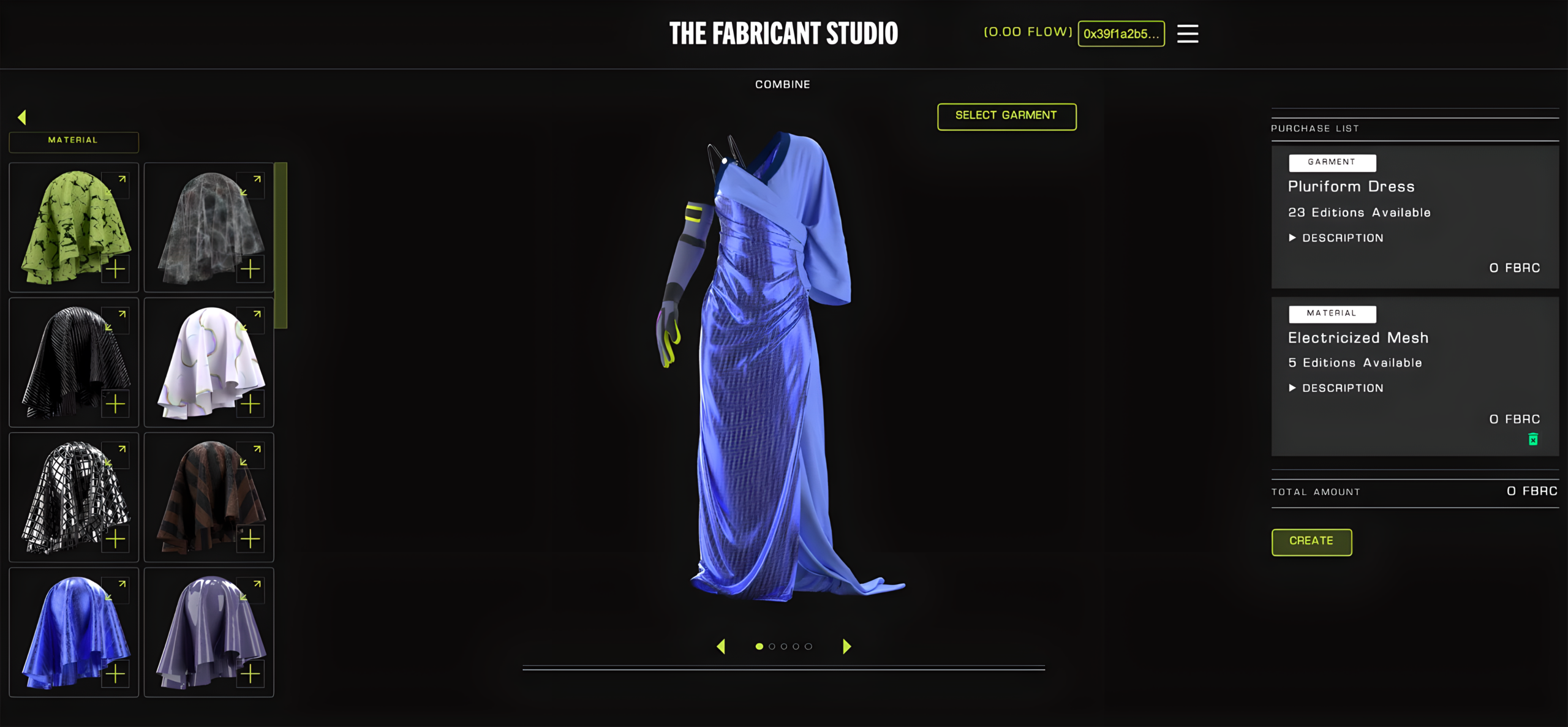
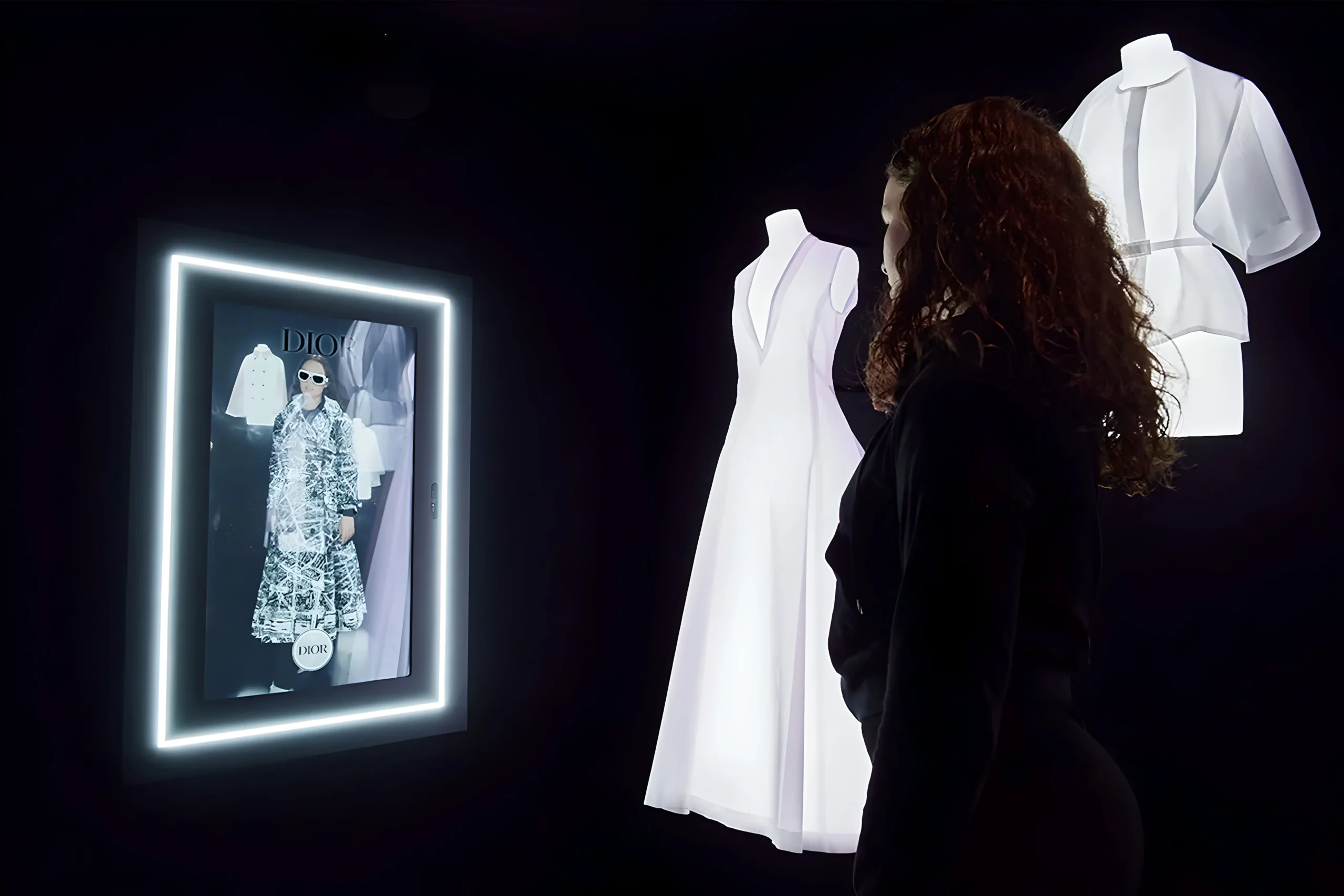

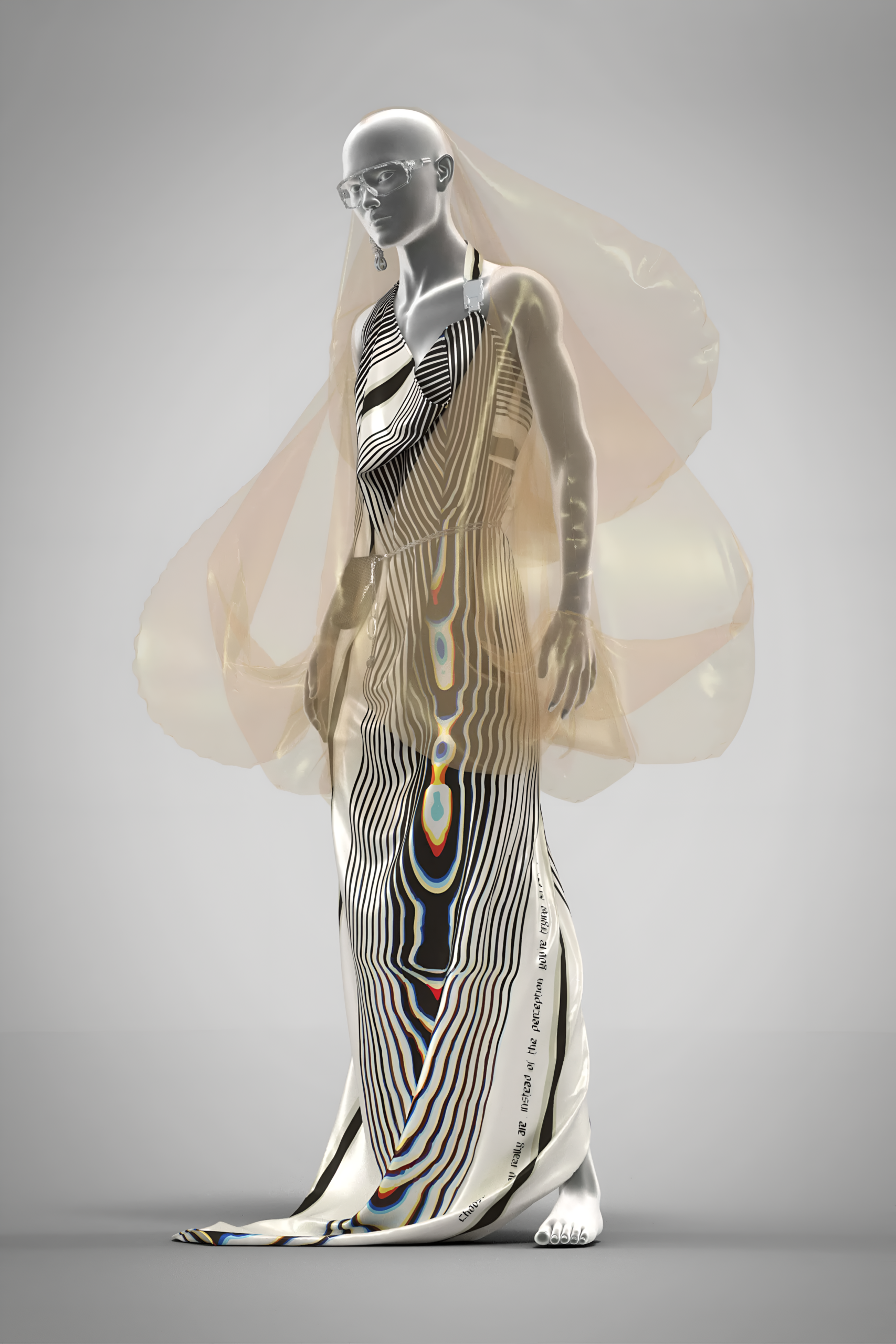
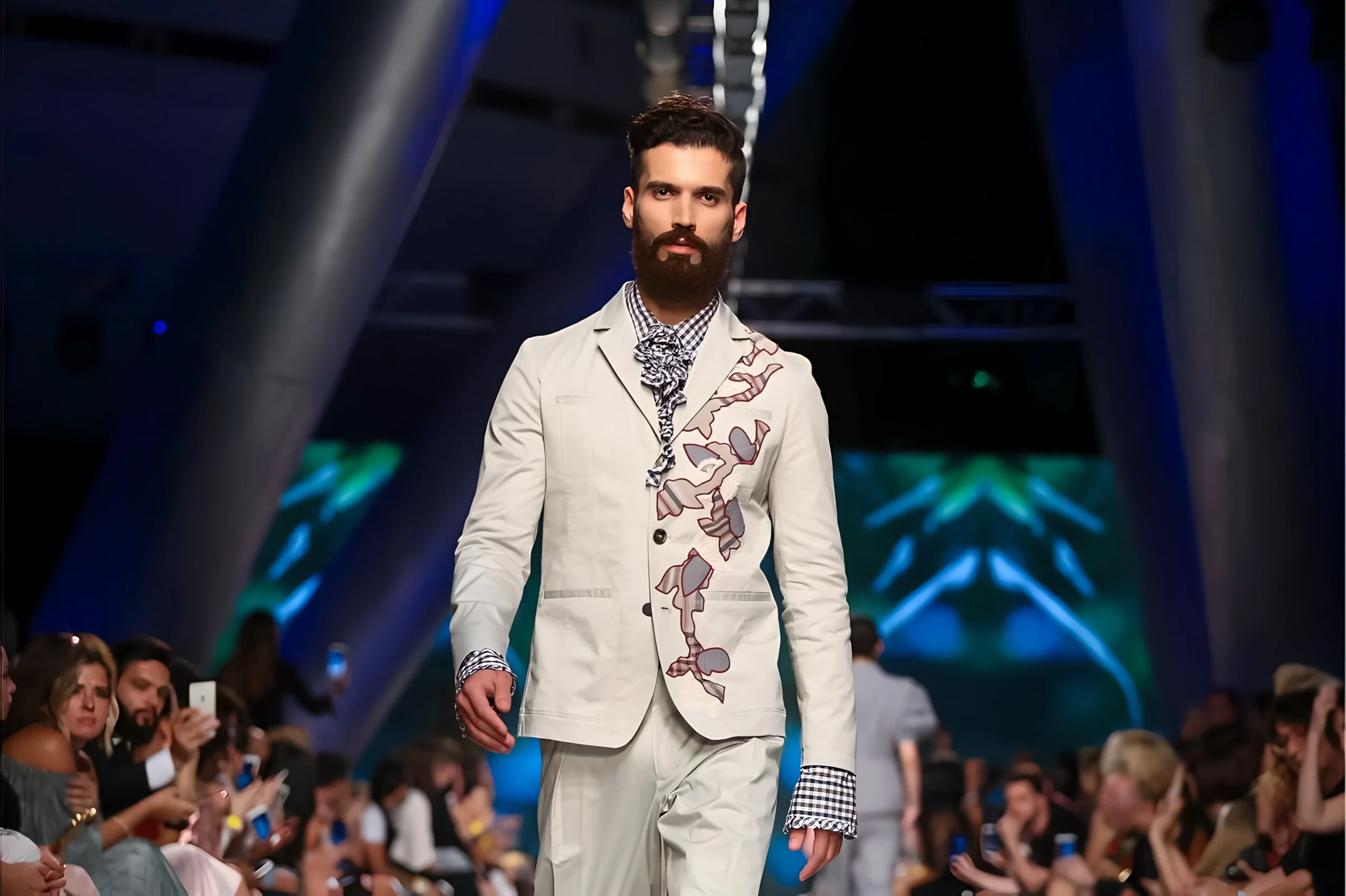


Bravo Shiva. I proud of you 👏 good luck!